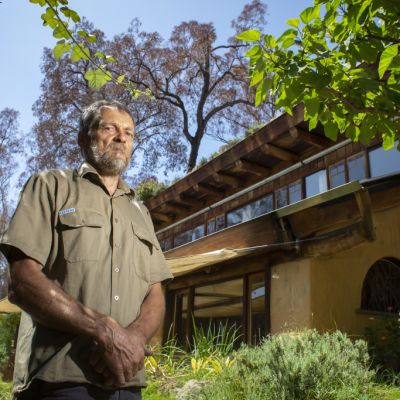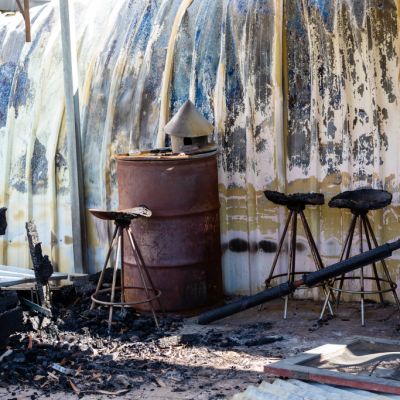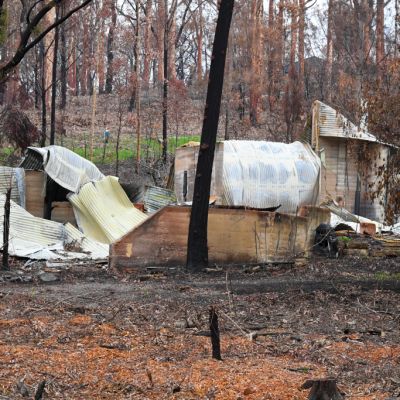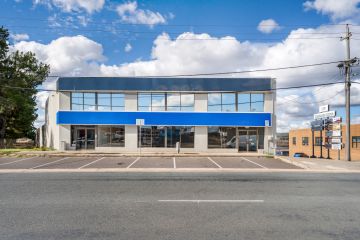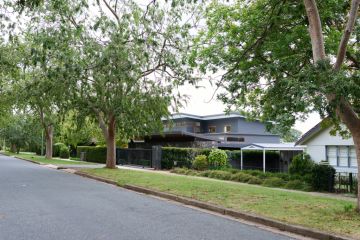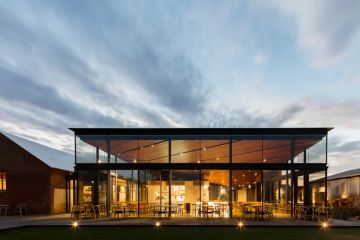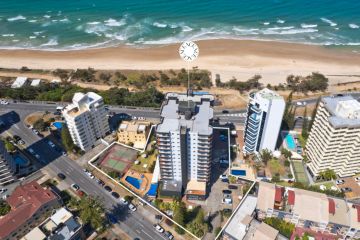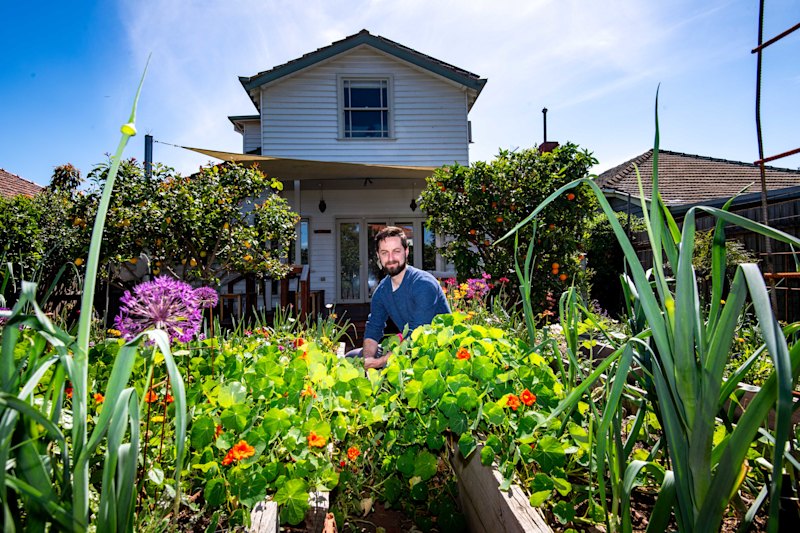Building new homes in bushfire-prone areas should be avoided, a new report warns
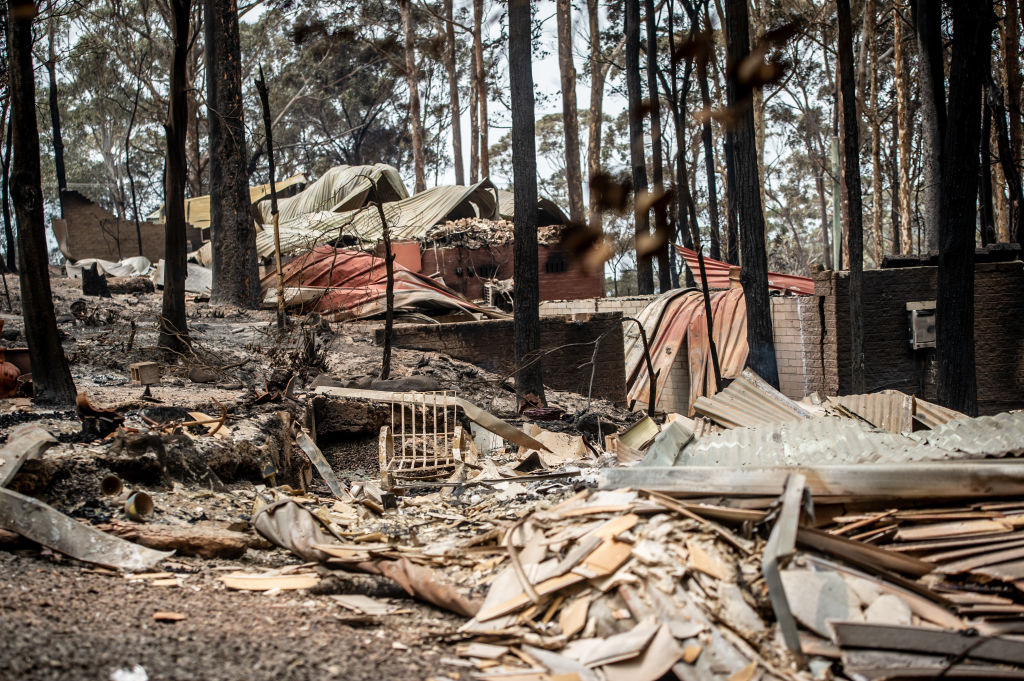
New houses should no longer be built in bushfire-risk areas unless strict conditions are met, a new report has warned, after the devastating Black Summer bushfires which claimed more than 3000 homes across the country.
All states allow for homes to be built in bushfire and flood-prone areas, and industry groups and local councils were concerned at this being allowed to continue, the Royal Commission into National Natural Disaster Arrangements Report, released on Friday, revealed.
The report stated “development in high-risk areas should be avoided unless risk can be clearly communicated and cost-effectively managed”. It recommended if any new buildings were built in bushfire and flood-prone areas, they should be “sufficiently resilient for their expected lifespan”.
“State, territory and local governments should be required to consider present and future natural disaster risk when making land-use planning decisions for new developments,” the report recommended.
More than 380,000 properties are currently in areas with a “high natural hazard risk”, the report revealed, citing data from risk analysis company Cross Dependency Initiative.
“This may grow to 735,000 by 2100 – this is in the absence of any new houses being built, due to an increasing frequency and severity of hazards,” the report stated.
The vast majority – 99 per cent – of buildings destroyed in the Black Summer fires of 2019 and early 2020 were within 500 metres of bushland, the report stated, citing the Insurance Council of Australia. Three-quarters of those buildings were built prior to a new building standard that was introduced in 2009 after the Black Saturday bushfires in Victoria.
The standard, (AS) 3959, specifies the building and engineering quality of homes built in bushfire-prone areas.
The report cites research that estimates 90 per cent of buildings in bushfire-prone areas do not meet the standard, as they were built prior to 2009.
“Risk from natural hazards to lives and property is influenced by past decisions such as how and where communities, businesses, infrastructure and homes were built,” the report stated. “While the consequences may only be felt decades later, this risk is inherited by those who are responsible for the built environment today.”
Existing homes are not required to be retrofitted to the new standards in all states and territories, although NSW, Victoria and South Australia did require building modifications to be completed at a higher standard in some cases, the report found.
It said insurers and consumer groups had called on governments to subsidise modifications to buildings to reduce bushfire risk.
The report also outlined recommendations for local, state and federal governments to communicate risks to prospective buyers in bushfire and flood-prone areas.
“Decisions like buying a house, making a property more resilient, or taking out insurance can be points at which to consider better communicating risk,” it stated.
“For example, in real estate sales, this could be achieved by property or rates notices issued by local governments, or in insurance policies and renewal notices.”
The report also called for a range of measures to deal with disasters, including a national aerial firefighting fleet and new peak crisis co-ordination agencies, citing global warming as a key factor after Australia warmed by about 1.3 degrees since 1910.
We recommend
We thought you might like
States
Capital Cities
Capital Cities - Rentals
Popular Areas
Allhomes
More
